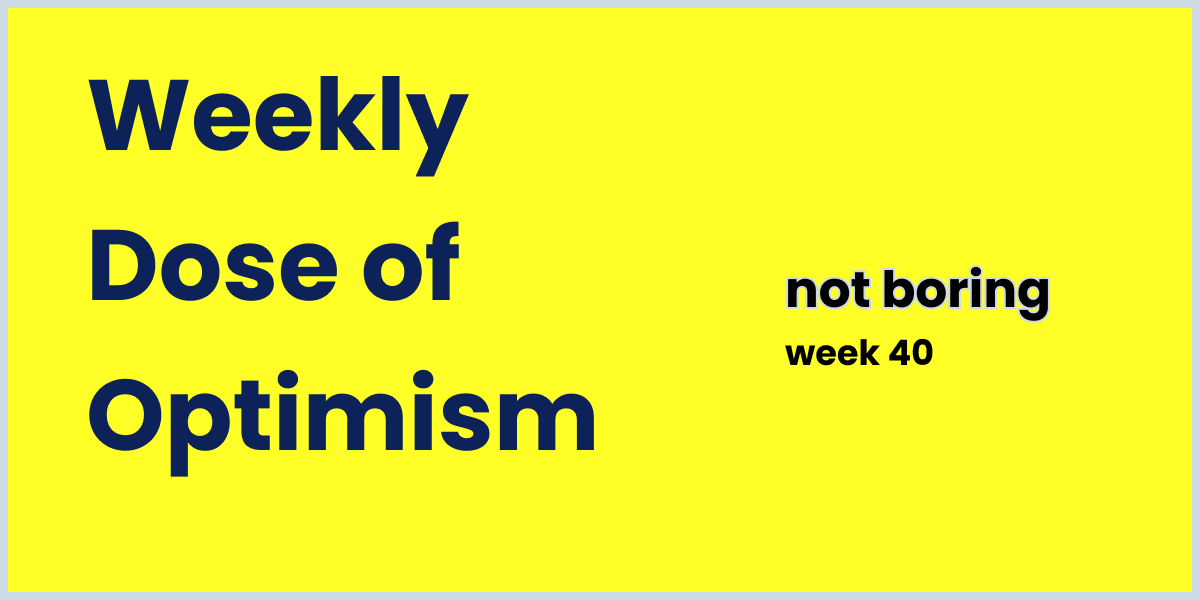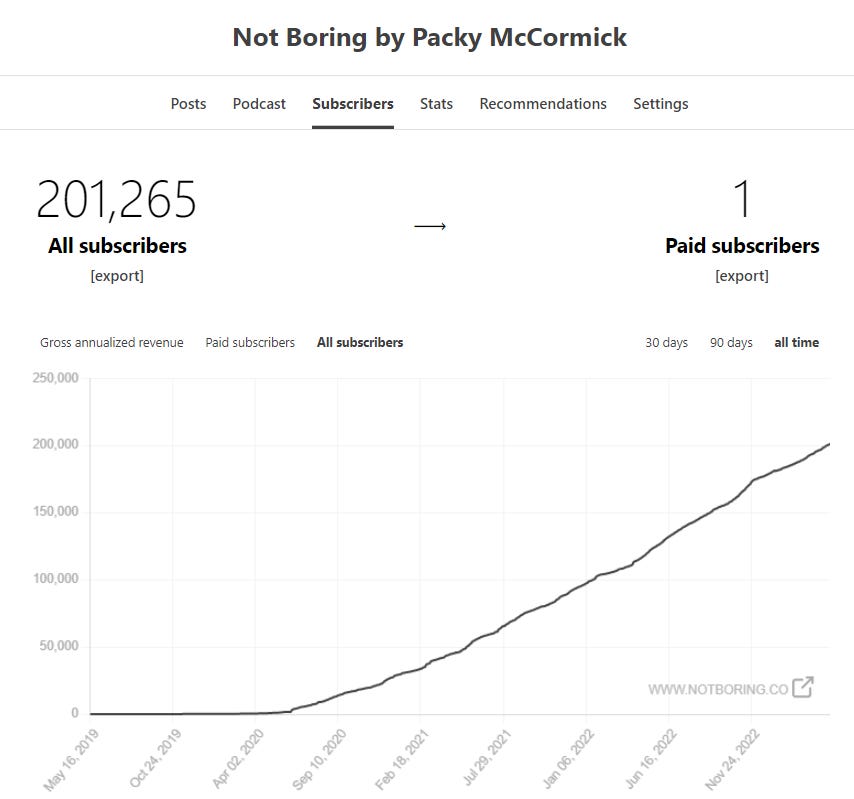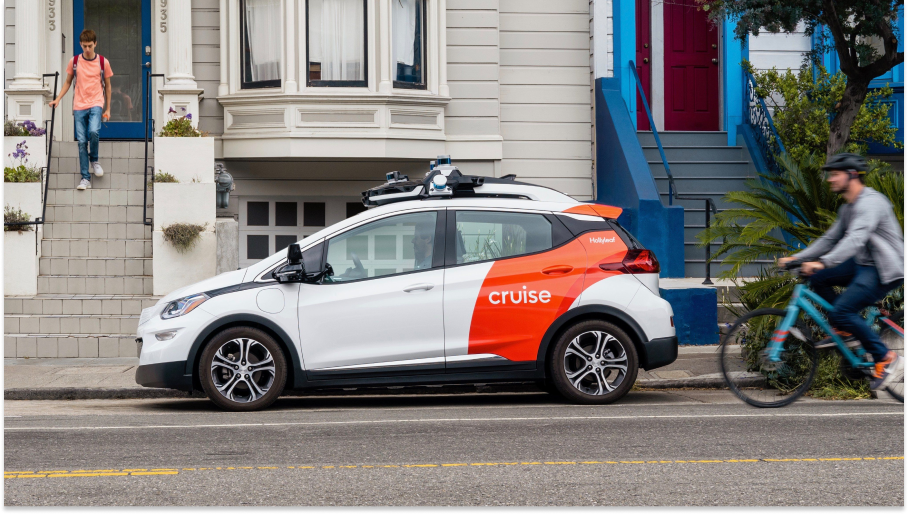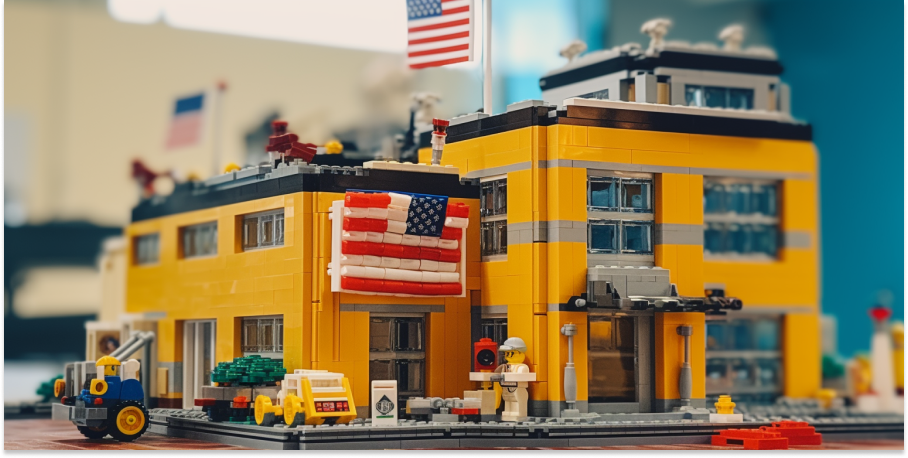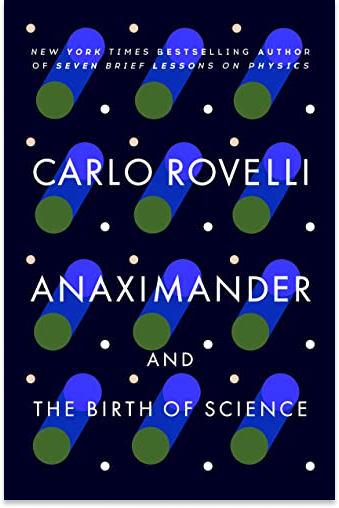

Weekly Dose of Optimism #40
source link: https://www.notboring.co/p/weekly-dose-of-optimism-40
Go to the source link to view the article. You can view the picture content, updated content and better typesetting reading experience. If the link is broken, please click the button below to view the snapshot at that time.

Weekly Dose of Optimism #40
200K, Robotaxis, Brain Imaging, Legos, Immigrants, Mutation Browser, Anaximander
Hi friends 👋,
Happy Friday and welcome back to our 40th Weekly Dose of Optimism. This October paper, which made the rounds earlier this week, is why we write the Weekly Dose.
Full slate this week, and if you’ll allow us, a bit of shameless (but hopefully helpful) self-promotion. So throw on some tunes…
And let’s get to it.
The Weekly Dose is brought to you by... Composer
You know Composer. I love Composer — the investing app that helps you achieve superior returns with logic, data, and now AI integrations. Since founding its algorithmic trading platform in 2020, Composer has helped over 20,000 customers trade 100s of millions of dollars. I’m one of them — my Composer portfolio is actually up since I started using it last year, which is incredible because the portfolio of individual stocks I own is … not.
And Composer is now integrated with ChatGPT-4 and ships new features seemingly every week. Two features to call to your attention (the video above explains it even better)
Composer —> ChatGPT: easily copy+paste Composer symphonies into ChatGPT and get plain language explanations of the sophisticated trading logic powering your trading strategies.
NEW: ChatGPT—> Composer: modify trading strategies in ChatGPT, copy+paste code back into Composer, and your symphony is automatically updated.
Composer was already the smart way to invest, and with its ChatGPT-4 integrations, it just got a lot smarter. Check it out for yourself, and as a Not Boring reader, you can get an extra free week of Composer’s trial offering by entering “Not Boring” in the “Where did you hear about us?” section. This exclusive offer lasts until Friday 5/5 at 11:59pm EST, so check out Composer now:
(1) Not Boring: 200K Subscribers
Dan here — Packy’s going to hate that I’m leading off with this self-promotional story. He’ll probably even demand that I remove it. But the cool thing about your boss also being your brother is that you can sometimes tell him to fuck off.
Last Saturday Not Boring crossed 200,000 subscribers. That’s 3x the amount of people that fit into Lincoln Financial Field, the home to our beloved Philadelphia Eagles. It’s a big milestone for Packy personally, and also an important marker for Not Boring on our mission to make the world more optimistic. We’re starting to make a dent.
Packy’s been publicly quieter about the Not Boring journey over the past year — building in public isn’t always fun — so I thought I’d share three observations about how he got here and how he built Not Boring (with $0 in ad spend or pre-existing audience) into one of the largest publications on Substack. These might seem like a bunch of abstract cliches, but I’ll try to make them actionable:
Consistency: Packy publishes about 45 Monday essays per year. Each essay is somewhere between 5,000 - 10,000 words. They’re a pain in the ass to write. Think about cramming out a 1,000 word essay on a late Sunday night in your college library, but doing that basically every single week with 200,000 professors waiting to grade it. Action: make a public promise, and follow through with it.
Quality: Packy’s standards for quality are exacting and sometimes frustrating — trust me, I’m his editor. He’ll write an essay for entire week, wake up Saturday morning, decide it’s shit, and then spend the next 48 hours writing something entirely different. Quality is the main driver of shareability, which is how our audience grows. Action: put out work that you’re proud of and that people want to share.
Risk: When Packy started taking Not Boring seriously, he was unemployed, recently married, and had a kid on the way. Not Boring had less than 1,000 subscribers and made $0 in revenue. It’s not that he didn’t have other prospects — he had built a solid career — it’s that he was truly obsessed with writing about tech and strategy. Action: everyone has their own risk:reward ratio, but if your goal is to accelerate your success (in whatever it is that you do) you need to take some risk.
If you want to learn more about Packy’s journey, this Acquired episode (filmed right before 100K subscribers) is a good place to start. OK, that’s it for now. No more self-congratulations until a million subscribers 🤝.
Of course, none of this is possible without our smart, curious readers and subscribers. Thank you. Your support allows us to do what we love.
(2) Cruise robotaxis now run all day in San Francisco
Frank Sinatra famously proclaimed that if you can “build self-driving in SF, you can build it anywhere.” Ole Blue Eyes was ahead of his time. And Cruise, the GM-owned self-driving company, is proving him right.
On Tuesday, Cruise founder and CEO Kyle Vogt tweeted that Cruise is now running 24/7 across San Francisco. During the day, Cruise employees and power-users will get free access to the self-driving robotaxi and from 10pm-5:30am the service is open to paying customers in the general public. This is a big step in the broader commercial rollout of long-awaited self-driving taxis.
In his tweet, Vogt noted that building self-driving in SF has always been the litmus test and hinted that that company will soon launch the service in other markets.
The joke about self-driving cars is that they’re perpetually just a few years away. Now that Cruise has pulled it off, joke’s on its doubters.
(3) Brain Images Just Got 64 Million Times Sharper
Dan Vahaba for Duke Institute for Brain Sciences
The hope is that by making the MRI an even higher-powered microscope, Johnson and others can better understand mouse models of human diseases, such as Huntington's disease, Alzheimer’s, and others. And that should lead to a better understanding of how similar things function or go awry in people.
A coalition of researchers, led by a team out of Duke, released MRI technologies that produce images 64 million times sharper than today’s standard MRI imaging technology. The imagine technology uses incredibly powerful magnets, a special set of gradient coils, and the equivalent of 800 laptops’ worth computer power all to produce one brain image.
While the technology has only been tested on mice, the hope is that the enhanced brain imaging will enable doctors to better understand diseases like Parkinson’s, Alzheimer’s, and other neurodegenerative diseases. Go Duke.
(4) Lego breaks ground on first US manufacturing facility
Sara Samora for Manufacturing Dive
The $1 billion, 1.7 million-square-foot site will house 13 buildings and draw its power from rooftop and ground solar panels, as well as an on-site solar plant when completed in 2025.
Lego is opening up a new, $1B manufacturing facility about 15 miles outside of Richmond, VA in a plan that will create about 1,700 new jobs. It’s Lego’s first US manufacturing facility, and will use on-site solar to be carbon-neutral.
On a micro level: good for Lego and good for the city of Richmond!
On a macro level we expect to see this type of reshoring become more common over the coming years. It’s not that every company needs to total scrap their international manufacturing efforts — that’d be an obvious overcorrection to the last few years — but it can’t hurt to bring a portion of capacity back to the U.S. More jobs, more stable supply lines, and less dependency on China. Everything is awesome.
“The next big thing will start out looking like a toy manufacturer moving to the U.S. - Chris Dixon” - Dan McCormick
(5) Immigration is back in the US
Rana Foroohar for FT
Immigration is back, in the US at least. Over the past two and a half years, immigration into the American labour market has increased by 4mn workers, and the working age immigrant population has now finally reached its pre-pandemic trend level. This is likely to be a central factor in strong employment growth, particularly in leisure and hospitality. It is also part of the story on increasing workforce participation, as well as being good news for the fight against inflation.
Immigration, so hot right now. Immigration.
After a a multi-year period of immigration declines, due to Trump-era policies and the pandemic, immigration rates are back up. And the rise immigration is one of the driving forces keeping our economy afloat — tempering inflation, driving workforce participation, etc.
We often talk about the importance of high-skilled immigration to the U.S. because, frankly, that’s simply just a win-win for everybody. But the recent rise in all kinds of immigration, and its positive impact on the economy is a reminder just how important it is to the stability of our economy. Immigrants (they get the job done!)
BONUS: Interactive Mutation Browser
From Not Boring Biotech Partner, Elliot Hershberg, in
From Elliot: With each ChatGPT update, more and more people are experiencing the power of Large Language Models firsthand. But have you heard of Protein Language Models? These new models are taking the biotech by storm. In parallel, scientists have developed fast and flexible 3D Web-based molecular graphics systems. The Interactive Mutation Browser weaves these two threads together to explore the impact of genetic variants in real-time in the browser.
Even if you’re not a biologist, you should give it a spin: Interactive Mutation Browser. It helps make an abstract concept like protein structure more tangible. It’s cool to think that our kids are going to be able to learn using tools like this.
Book Rec: Anaximander by Carlo Rovelli
This is the main characteristic of scientific thinking: what seems most obvious to us about the world can be false. Scientific thinking is, therefore, a continuous quest for novel ways of conceptualizing the world. Knowledge is born from a respectful but radical act of rebellion against what we currently think.
Packy here. I’m a simple man: Carlo Rovelli writes something, I read it.
The book is a celebration of Aximander, a 6th century BC Greek philosopher and, Rovelli argues, the world’s first scientist. It’s also celebration of science as a rebellious act. What I loved most about the book was Rovelli’s ability to put the creativity and boldness of Anaximander’s thinking in the context of his time. Seeking to explain the world without deus ex deus — explaining everything by saying “the gods did it” — was truly radical, and set the stage for 2600 years of scientific progress since.
How many of the universe’s secrets remain to be unveiled by shifts in perspective?
Did you enjoy reading this Weekly Dose of Optimism?
(Powered by Sprig)
That’s all for this week. We’ll be back in your inbox on Monday.
Thanks for reading,
Recommend
About Joyk
Aggregate valuable and interesting links.
Joyk means Joy of geeK
